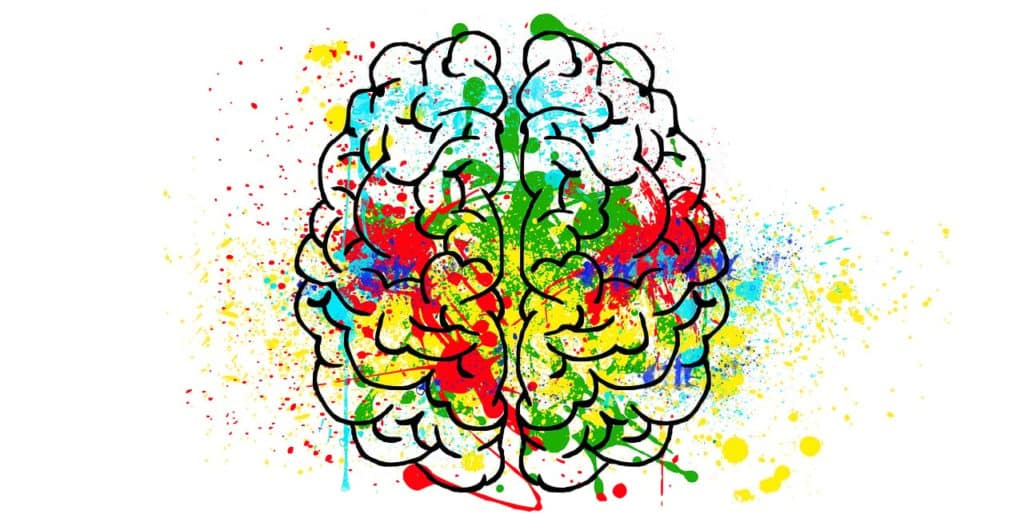
Bilateral Stimulation for Stress and Anxiety
Stress and anxiety are common mental health issues that can have a significant impact on a person’s daily life. While many treatments are available for these conditions, some individuals may benefit from complementary therapies, such as bilateral stimulation. This technique involves alternately stimulating both sides of the brain and has been found to be effective in reducing anxiety and negative emotions.
The biological mechanism behind bilateral stimulation is not fully understood, but several theories exist. One of the most commonly cited is the hemispheric integration model. This model suggests that the left and right hemispheres of the brain have different functions and that bilateral stimulation can help to integrate these functions. Specifically, the left hemisphere is responsible for logical thinking and language processing, while the right hemisphere is responsible for emotional processing and creativity. By engaging both hemispheres simultaneously, bilateral stimulation can promote communication between them and enhance overall cognitive processing.
Another theory is the orienting response model. This model suggests that when the brain encounters a new or unexpected stimulus, it automatically orients toward it. This response is thought to be mediated by the reticular activating system, which is responsible for regulating arousal and attention. Bilateral stimulation can be seen as a novel stimulus that triggers the orienting response, leading to increased arousal and attention. This, in turn, can lead to a reduction in anxiety and other negative emotions.
Research has shown that bilateral stimulation can be an effective tool in managing stress and anxiety. One of the most well-known forms of bilateral stimulation is Eye Movement Desensitization and Reprocessing (EMDR). This therapy involves recalling a traumatic memory while engaging in bilateral stimulation, such as moving the eyes back and forth. The theory behind EMDR is that it can help to reprocess traumatic memories and reduce the associated emotional distress.
A systematic review of the literature on EMDR found that it effectively treated symptoms of post-traumatic stress disorder (PTSD), including anxiety and depression. The authors noted that EMDR had a significant effect size compared to other therapies for PTSD, suggesting that it may be a particularly effective treatment option.
Another study found that bilateral stimulation, specifically in the form of eye movements, could reduce anxiety in healthy participants. The authors suggest that this effect may be due to the stimulation of the orienting response, leading to increased arousal and attention.
In addition to EMDR, several other forms of bilateral stimulation have been studied for their effectiveness in reducing stress and anxiety. One such technique is Brainspotting, which involves using eye movements to identify and target specific areas of emotional distress. Another technique is Emotional Freedom Technique (EFT), which involves tapping on specific acupressure points while focusing on a particular issue or emotion.
Research on these techniques is still in its early stages, but preliminary findings suggest that they may effectively reduce stress and anxiety. A study on Brainspotting found that it was effective in reducing symptoms of PTSD in a small sample of participants. A randomized controlled trial of EFT found that it was effective in reducing symptoms of anxiety and depression in a group of college students.
In addition to its use in therapy, bilateral stimulation can be a self-help technique for managing stress and anxiety. Some common self-administered techniques include tapping on specific acupressure points, moving the eyes back and forth while focusing on a particular issue, or listening to alternating sounds in each ear.
While bilateral stimulation can be a helpful tool in managing stress and anxiety, it is important to note that it should be used in conjunction with other evidence-based therapies and under the guidance of a trained therapist. In addition, the mechanism behind its effectiveness is not fully understood, and further research is needed to determine exactly how it works.
In conclusion, bilateral stimulation is a promising therapy for managing stress and anxiety. Its biological mechanism is not fully understood, but it is thought to involve the integration of the left and right hemispheres of the brain, as well as the stimulation of the orienting response. Research has shown that bilateral stimulation, particularly in the form of Eye Movement Desensitization and Reprocessing (EMDR), can effectively reduce symptoms of PTSD, anxiety, and depression. Other forms of bilateral stimulation, such as Brainspotting and Emotional Freedom Technique (EFT), have also shown promising results.
Self-administered techniques, such as tapping or eye movements, can also be used to manage stress and anxiety. However, it is essential to note that these techniques should be used in conjunction with other evidence-based therapies and under the guidance of a trained therapist. While more research is needed to fully understand its biological mechanism and effectiveness, the current evidence suggests that it can be a helpful tool for individuals seeking relief from these conditions.
Would you like to decrease stress and Anxiety? Download my free E-Book, Eleven Solutions to Decrease Stress and Anxiety
